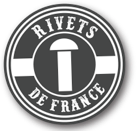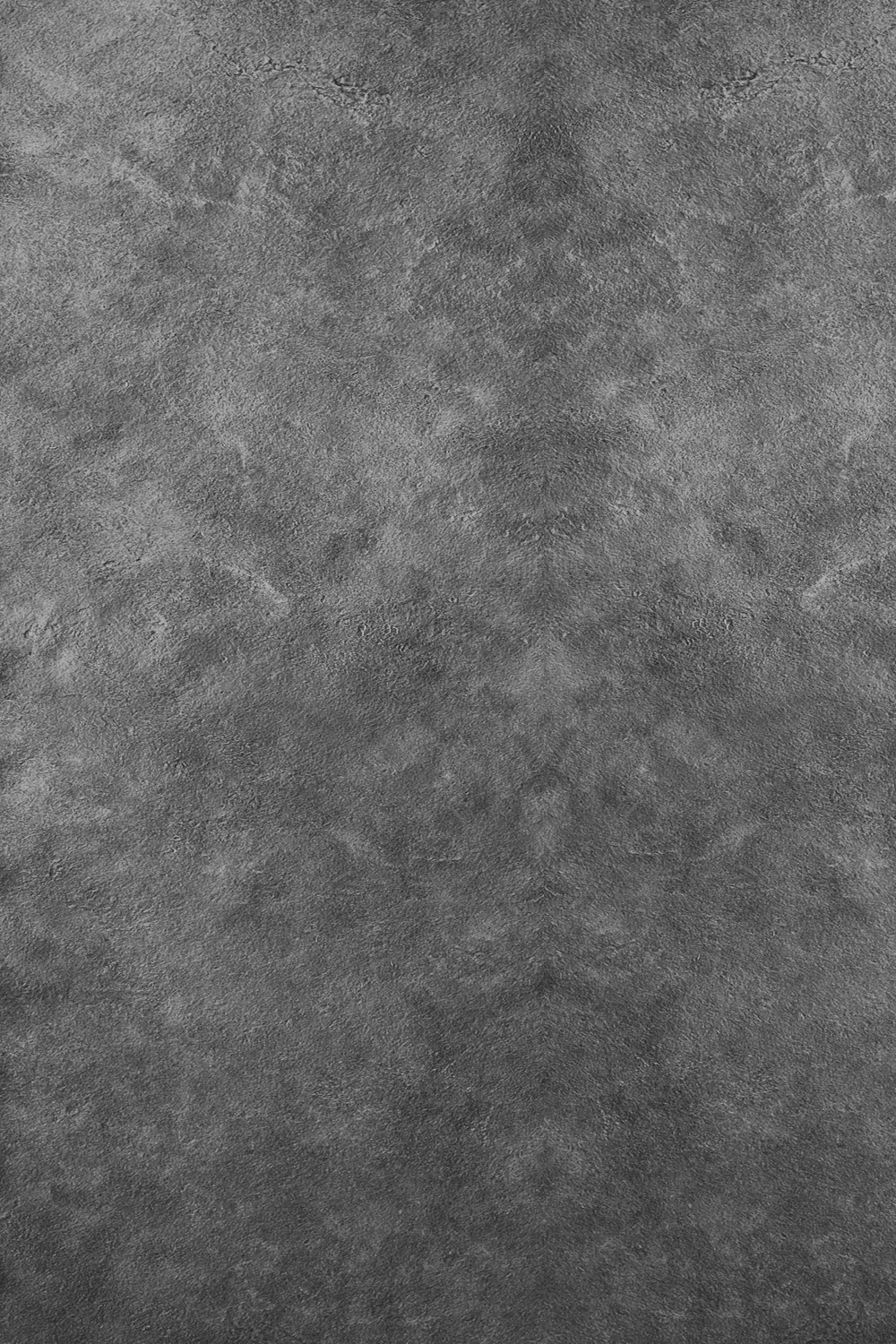

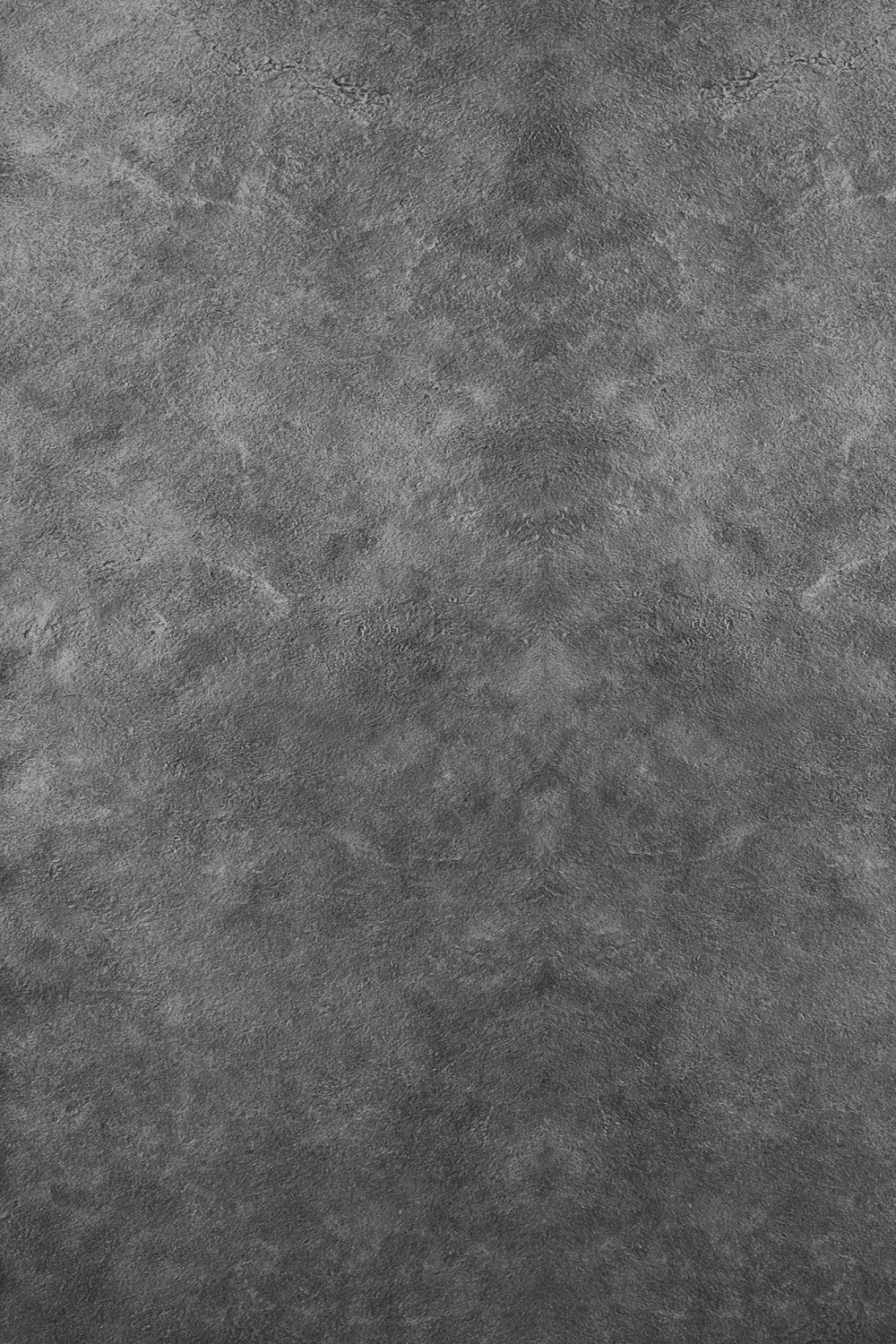



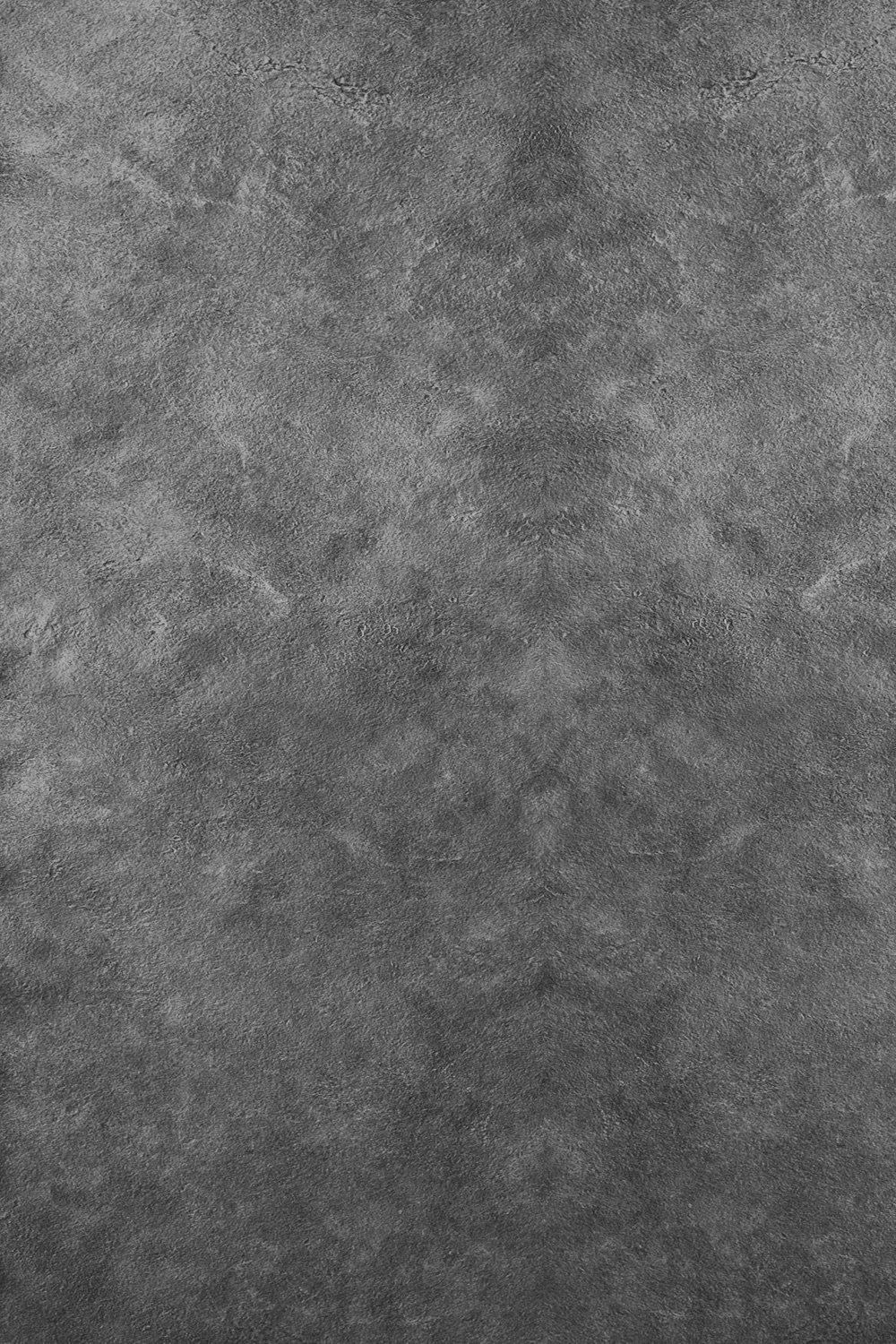








































Website designed by : www.hddesign.fr
© Copyright RIVETS DE FRANCE 2017 - All rights reserved

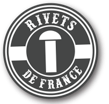
Description
Factory Head
Second or "Shop" Head












































A Riveting Team
History
























































































































Other photos
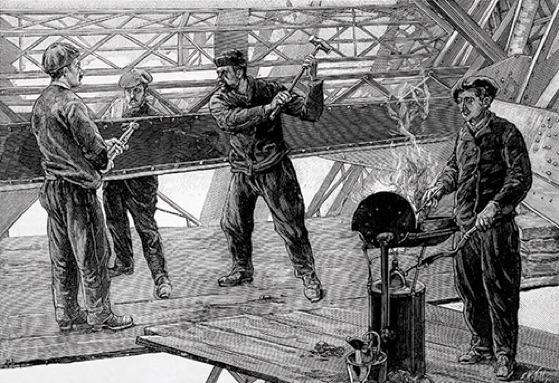
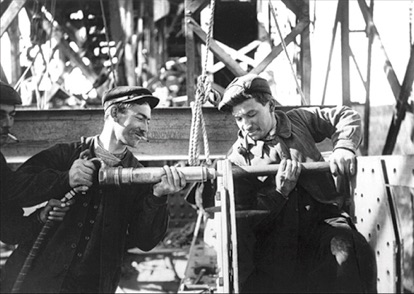
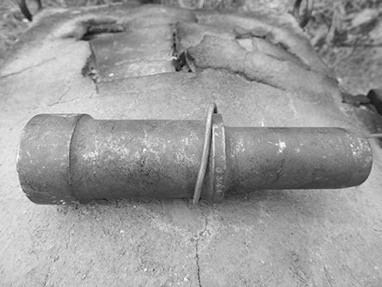


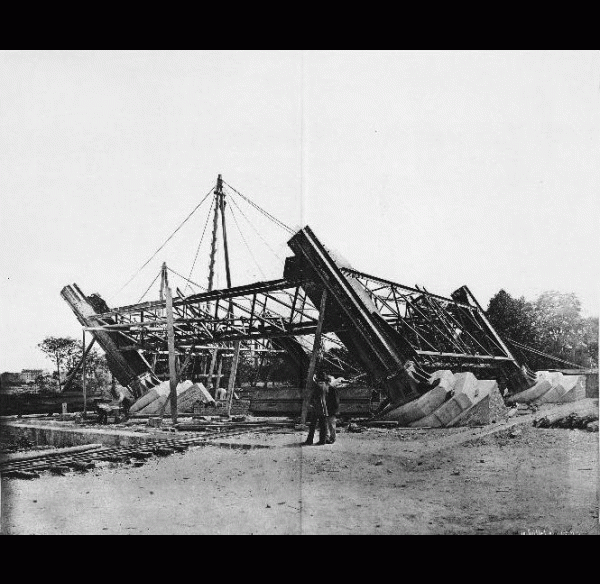


A rivet is a metal fastener consisting of a cylindrical shank fitted with a so-called "factory" head forged in the workshop. The length of the rivet varies depending on the number and thickness of the parts to be assembled. The second head, or "shop" head, is forged on the worksite using a hand-held hammer (sledge-hammer) or an air hammer.

Rivets are made from drawn metal bars which are then cut to the desired length. At the start of the 19th century, all rivets were forged by hand. The rivet head (or factory head) was formed by "upsetting" the metal by pounding it with a hammer. The blacksmith applied rapid hammer blows to the end of the hot metal bar protruding from the special anvil called a "bombarde", upsetting the metal and finished shaping the head using a rivet set, the mould for the "shop" head. An experienced workman could forge around a hundred kilograms of rivets per day in the workshop.

The first machine capable of manufacturing rivets mechanically was invented in 1836, by a boiler-maker called Antoine Durenne. The process involved upsetting the metal material, but not by pounding it, rather by applying continuous pressure using a rivet-set; this technique increased the output significantly.


Before riveting an assembly together, holes must be drilled through the parts to be assembled; they must be perfectly aligned. Then the coal or fuel-fired furnace can be heated up. The rivets are then heated to a temperature above 1100°C so that they are at between 900 and 950°C when they are installed. The riveting operation consists in inserting the rivet in the hole and forming the second head or "shop" head by upsetting the steel causing it to fill the assembly hole entirely.
The shop or second head is produced using a hammer or sledge-hammer (the oldest method) or an air hammer called a rivet gun (percussion hammer applying a linear force to the rivets) fitted with a rivet-set on one side and using a bucking bar or dolly on the other side of the assembly.

Riveting is usually done by a team of four workmen: a riveter, a rivet-heater, a holder-up, and a rivet-set holder.
The rivets are heated in a furnace to above 1100°C until they are "cherry-red".
Then the rivet-heater removes the rivet from the furnace using tongs, knocks it on the ground to remove the scale (iron oxide crust formed during heating) and then throws it to the rivet-set holder who catches the rivet, inserts it in the hole and keeps it in place holding the tail with tongs.
Once the dolly is firmly braced against the factory head, the riveter starts hammering the tail of the rivet closing the joint and filling the entire assembly hole. The excess is upset into the rivet-set producing the rivet's domed second head. As it cools, the metal contracts, tightening and sealing the assembly.

Riveting has been used since the 18th century by boiler-makers, blacksmiths, locksmiths, ...
With the industrial boom in the first half of the 19th century and the spread of steam engines, railways and the start of naval construction, the demand for rivets rose considerably. So hot-riveting shifted from the smaller craftsman's workshop to big industrial complexes. During the second half of the 19th century, as riveting techniques evolved with mechanisation, so did riveting tooling and practices. The start of the 20th century marked the arrival of air hammers which quickly replaced hand-held hammers since they were faster and required less effort to install the rivets.
Many metal structures were built across the globe using the hot-riveting method made popular by Gustave Eiffel, especially through the Eiffel Tower built for the Universal Exhibition in Paris in 1889. All the rivets in the Tower – a total of 2 500 000 – were made by hand.
Between 1850 and the start of WWII, a large number of riveted metal structures were built: monuments and buildings such as the Grand Palais in Paris, the structure of the Statue of Liberty, the Empire State Building; railway stations: St Lazare, gare de Lyon, Orsay, Toulouse; ships: the Titanic, the Normandie, the Queen Mary; civil engineering works: the Viaduc de Garabit, the Pont des Arts, the Ponte Maria Pia, the Golden Gate Bridge, Tower Bridge; steam engines and various other structures: transporter bridges, locks etc.
Many are still in use today and some have been classified as historic monuments under the UNESCO World Heritage program: the Eiffel Tower, (France), the Forth Bridge (Scotland), the Ponte Luis (Portugal), illustrating both the historical and artistic sides of this small piece of metal.
Rivet with its factory head
An early 19th century «bombarde»
Forging the factory Head
Rivet set

Riveting Diagram
Workmen installing rivets using an air hammer
and a rivet-set and dolly
From left to right: holder-up, rivet-set holder, riveter, rivet heater
Viaduc du Garabit (Garabit Viaduct)
Eiffel Tower
Tower Bridge

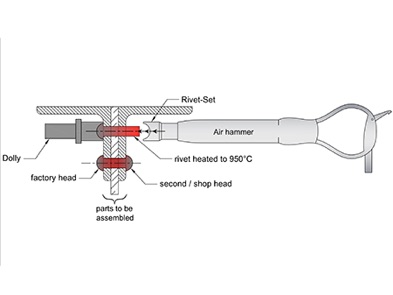
HISTORY




Riveting Team in Action
How a Rivet is Made
Machine to forge factory heads, created in 1836 by A. Durenne


